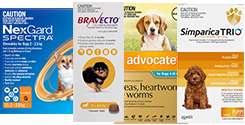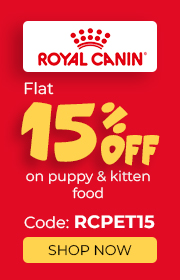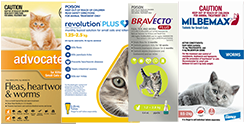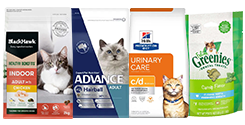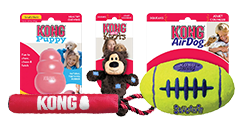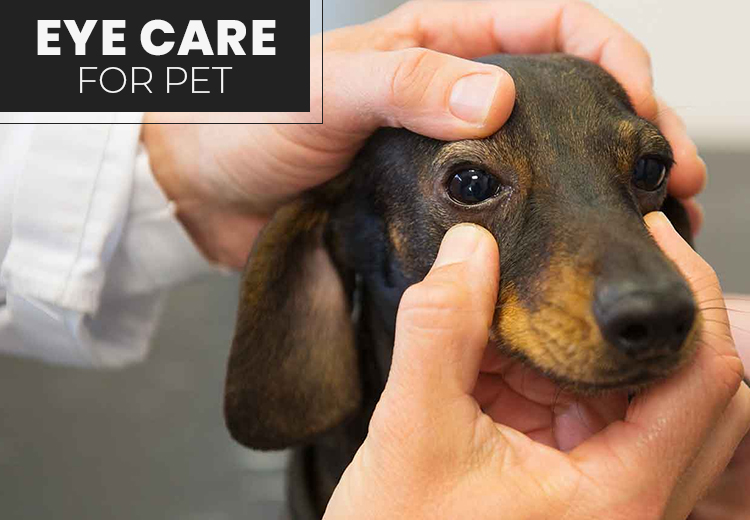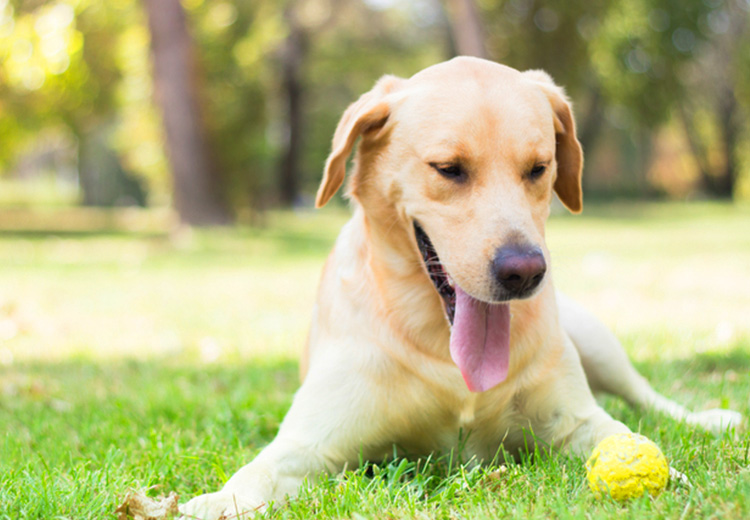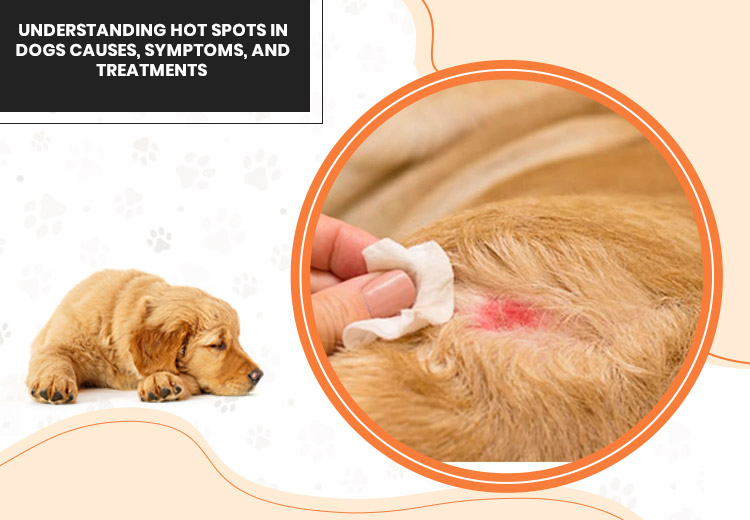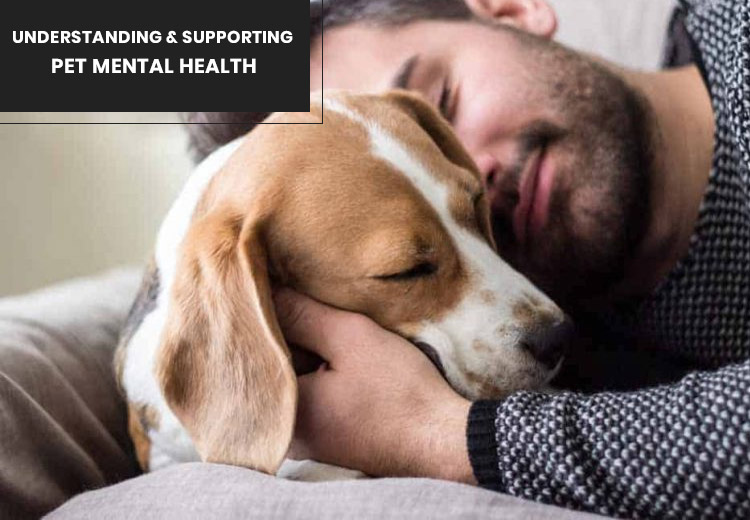EYE CARE FOR YOUR PET.
We all know how important it is to keep our own eyes clean to avoid eye infections and damage to eye sight. But eye care is even more important in pets, as they often play and dig in the garden, risking damage from plants soil and sand. Furthermore, eye infections and upper respiratory infections can be spread between pets causing an unsightly eye discharge, so keep your pet away from other pets that are sneezing or have an obvious eye discharge.
What is normal for eyes and what is not??
There are many health conditions that can affect the eye, so it is important to know what a normal eye looks like and what changes in the eye should prompt you to seek veterinary assistance immediately.
Here is an easy checklist for the normal appearance of the eyes:
- Normal, healthy eyes should be equal in size, open, clear and shiny.
- The white around the coloured iris and pupil should not be bloodshot.
- The two pupils should be equal in size, and the pupils should reduce in size equally when you shine a light into the eyes once or twice.
- There should be no hair or eye lashes contacting the eye surface.
- There should be no discharge or crusty build-up around the eyes.
- The third eyelid should not be visible.
Health issues with pets’ eyes
Many eye conditions as well as trauma to the eye can change the appearance of the eyes, requiring immediate veterinary attention to avoid potential loss of sight.
Look out for these tell-tale signs that something is not right in your pet’s eyes, requiring a veterinary examination:
- One eye closed and the pet in obvious discomfort around the face: this could indicate a blow to the eye (eg. from a ball, bumping into an object, a kick from a person – accidental or intentional!).
- Constant rubbing of the eyes: this could indicate the presence of a foreign body or eyelash in the eye, a corneal ulcer, allergies or a medical condition called “dry eye”.
- Discharge or build-up around the eye: this could be clear, sticky or pussy, indicating an infection or occasionally, other issues such as glaucoma or “dry eye”.
- One eye bulging: this could indicate a displaced eye ball, more common in breeds such as pugs and Boston terriers, or a tumour behind the eye.
- The whites of the eyes and the inner eyelids very red: this could indicate conjunctivitis
- Pet seems blind in one eye: this could indicate a sudden onset of glaucoma (excess pressure in the eye), or long-term cataracts if the sight seems to be deteriorating over time.
- Eyes appears cloudy: this could be due to an infection, cataracts or other conditions such as “dry eye”.
- Eyelids turned out or in on the eye: surgery may be required to correct these anatomical faults, to avoid long-term eye problems.
- Red lump on the third eyelid of one or both eyes: this condition is called “cherry eye” and the lump is the prolapsed gland of the third eyelid. It is more common in short-nosed breeds such as pugs, boxers and bulldogs, but also quite common in beagles and cocker spaniels.
General eye care
General care of the eyes should include a daily gentle wipe with a cotton pad moistened in cooled boiled water – inwards out. Check the eyes for any of the abnormalities listed above. When bathing pets or spraying with any product, ensure no soap or product enters the eyes. Keep hair short around the eyes to avoid eye damage from strands of hair.



































